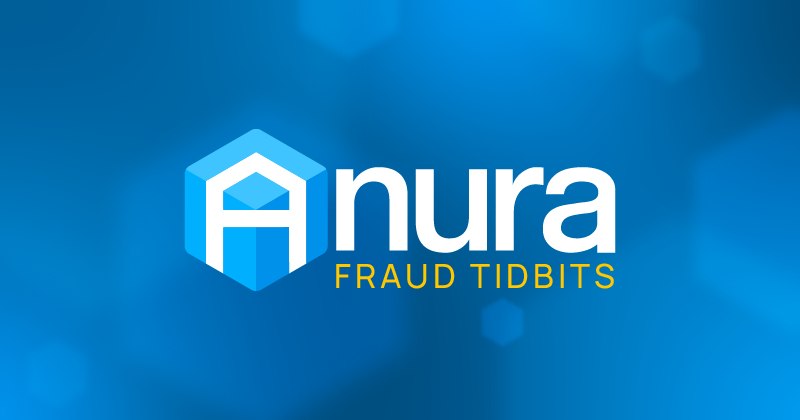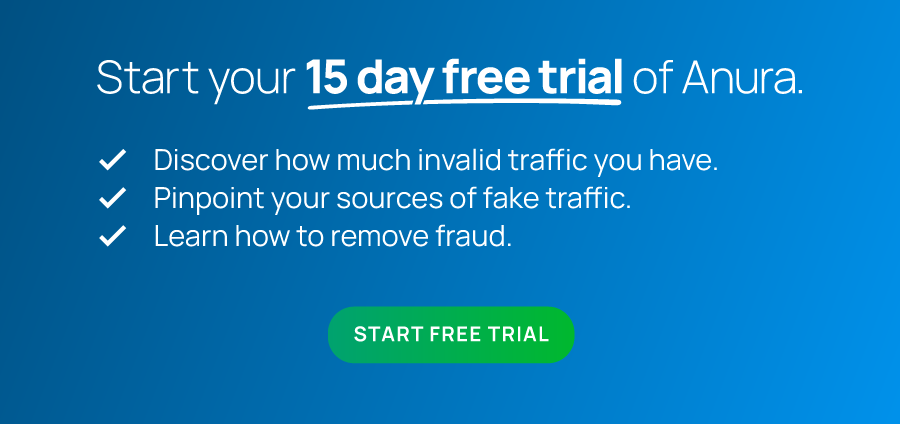What is Data Harvesting? Definition, Risks, and Prevention

TL;DR:
- Data harvesting involves collecting large amounts of data from websites, apps, and social media, often with bots or web scraping tools.
- While some data harvesting is legitimate, malicious bots use it to steal sensitive information, drain resources, and harm businesses.
- Preventative measures like advanced bot detection and fraud prevention platforms can block harmful harvesting.
What Is Data Harvesting?
If you’re searching for “what is data harvesting,” data harvesting refers to the process of collecting large volumes of information from websites, mobile apps, APIs, and social media platforms. Businesses often use it for legitimate purposes, such as market research and improving customers experiences.
However, bad actors frequently employ bots and scraping tools to gather data without consent, creating significant privacy and security risks.
How Does Data Harvesting Work?
Data harvesting works by collecting personal details, email addresses, credit card data, or proprietary information. While legitimate data collection supports analytics and personalization, malicious data harvesting manipulates this process for profit, fraud, or competitive advantage. Data harvesting is often done via:
- Web Scraping: Uses automated bots or scripts to extract data from web pages, such as emails, pricing, or user profiles. While scraping can be legal when used for research or indexing, malicious scrapers ignore website terms of service and harvest sensitive or proprietary data without permission.
- API Abuse: APIs, or Application Programming Interfaces, are meant to securely share data between systems. Bots exploit weak or unprotected APIs to pull massive datasets that should be restricted, such as personal details or authentication tokens.
- Crawling Bots: Designed to mimic search engine crawlers but instead harvest data for malicious purposes. They can scrape entire websites to steal product listings, copy content for spam domains, or gather analytics on ad performance. This not only violates site integrity but can also inflate traffic analytics, causing brands to make poor marketing decisions based on false data.
The result? Businesses face content theft, infrastructure strain, and even customer trust issues when stolen data is misused.
What Is the Difference Between Data Harvesting and Data Mining?
While both involve working with data, the key difference lies in intent and consent. Understanding this distinction helps businesses recognize when data collection crosses into fraudulent activity.
Data Harvesting
- Collects raw, personal or proprietary data from external sources.
- Frequently involves the use of bots, scrapers, or APIs to extract information from external sources such as websites, online forms, or social media.
- Is often considered unethical or illegal, especially when it violates privacy laws or a site’s terms of service.
- Commonly used for lead list creation, credential theft, ad fraud, or competitive espionage.
Data Mining
- Analyzes legitimate datasets that have been collected with consent to discover patterns and insights.
- Uses algorithms and analytics tools to find patterns, trends, and insights that inform business or marketing decisions.
- Is general legal and ethical, if data sources are transparent and compliant with privacy regulations.
- Commonly used for customer segmentation, performance optimization, and fraud detection.
Think of harvesting as gathering the ingredients and mining as cooking the meal.
Is Data Harvesting Ethical or Legal?
Determining whether data harvesting is ethical or legal depends on consent, intent, and compliance with regulations.
- Ethics: It depends on consent and purpose. Gathering data without visitor awareness crosses ethical lines.
- Legality: Laws like GDPR and CCPA restrict unauthorized data harvesting, and violations can result in fines and lawsuits.
How Can You Prevent Data Harvesting?
Stopping harmful bots is critical to protecting your business. One way to stop data harvesting is with a solution like Anura, which identifies bots in real time using environmental analysis to block bots before they strike.
Why Businesses Need Protection Against Bots
Data harvesting exposes companies to serious risks that go beyond lost revenue. Malicious bots can compromise analytics, drain ad budgets, and damage customer trust. They also create compliance challenges with privacy regulations like GDPR and CCPA. Key risks include:
- Reputation damage: Breaches customer trust and drives customers away.
- Legal and compliance exposure: Non-compliance with data privacy laws can result in heavy fines or regulatory penalties.
- Operational Strain: Attacks lead to wasted infrastructure spend and skewed analytics.
Protecting your business from bots ensures only legitimate traffic interacts with your site, preserving data integrity, safeguarding sensitive information, and maintaining the effectiveness of your campaigns. Anura’s ad fraud detection platform helps businesses block malicious bots and secure their data without disrupting legitimate visitors.
Start your free 15-day trial today.
FAQs
Why is harvested data dangerous for users and businesses?
When data is harvested, it can be harvested en masse and used for identity theft, credential stuffing, account takeover, or resale on the dark web. For businesses, usage of harvested data can corrupt analytics, lead to poor targeting, inflate user counts, and expose the company to compliance risk or reputational damage.
How does data harvesting differ from legal data collection?
Legal data collection involves transparent consent, users knowingly give information (e.g. via a filled-in form), and data handling under privacy policies. Data harvesting, by contract, occurs without user consent, often invisibly through scripts or unauthorized bots, making the resulting harvested data illicit and unethical.
Can harvest data affect my ad targeting and campaign results?
Yes. If a marketing or ad funnel ingests harvested data, such as fake leads or bots, it can distort performance metrics, lead to wasted spend, and give a false picture of audience interest. Essentially, harvested data undermines trust in analytics and can lower ROI because what looks like engagement is not genuine.
What is data harvesting?
It’s the process of collecting large amounts of information from websites, apps, or APIs—often through bots or web scraping tools.
What is the difference between data harvesting and data mining?
Data harvesting collects raw data, while data mining analyzes existing data for patterns and insights.
Is data harvesting ethical?
Only when done with transparency and consent. Unauthorized harvesting is widely considered unethical.
Is data harvesting legal?
It depends on jurisdiction. Many countries have laws like GDPR and CCPA restricting unauthorized data collection.
What is another word for harvesting data?
Terms like data scraping or data extraction are often used interchangeably.
What is the purpose of data harvesting?
Data harvesting is used to collect large volumes of information from websites, mobile apps, and social platforms. While legitimate organizations harvest data to improve user experiences or gain market insights, bad actors use it to steal personal or proprietary information. Malicious data harvesting can expose sensitive data, violate privacy laws, and damage brand trust.
How do bots harvest data from websites?
Bots harvest data by automating the process of scanning and extracting information from websites or APIs. Common tactics include web scraping, form hijacking, and crawling hidden pages. These bots can quickly collect everything from product listings to customer emails, slow down site performance, and compromise security. Fraud detection tools like Anura help identify and block these bots in real time.
Why is harvesting data a security risk?
Harvesting data without permission can lead to data breaches, stolen intellectual property, and compliance violations under regulations like GDPR. Beyond financial losses, businesses also risk losing customer confidence when harvested data is leaked or misused. Preventing unauthorized data harvesting is essential for maintaining both security and reputation.
How can businesses protect themselves from data harvesting?
To stop malicious data harvesting, businesses should use advanced bot detection and fraud prevention solutions. Tools, like Anura, analyze hundreds of data points to distinguish bots from humans and automatically block harmful bots before they can harvest sensitive data, ensuring your website and customer information remain secure.

